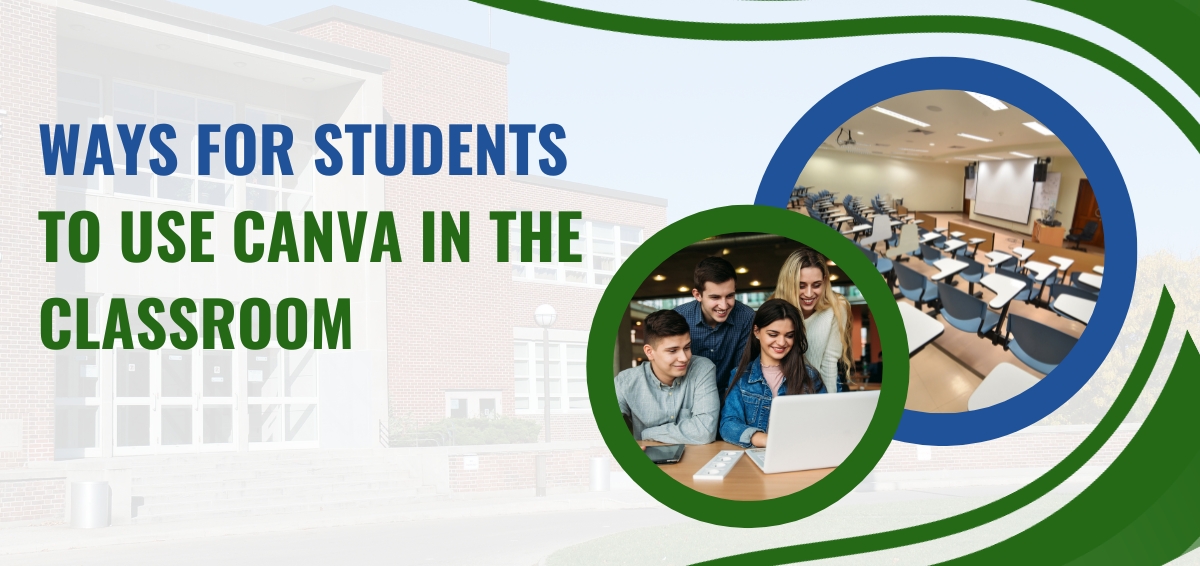In today’s digital age, educators constantly seek innovative ways to engage their students in learning. One such tool that has gained popularity in recent years is Canva. While it’s often associated with graphic design and marketing, Canva has a multitude of applications in the classroom that can benefit students of all ages. In this blog post, we will explore ten ways for students to use Canva in the classroom to enhance their creativity and learning.
1. Infographics for Visual Learning
Canva’s user-friendly interface guides students on how to create Canva presentation and stunning infographics effortlessly. Teachers can assign projects where students summarize complex topics into visually appealing infographics. This not only enhances their understanding but also hones their design skills.
2. Engaging Presentation Slides
Instead of dull and monotonous presentations, students can use Canva to design engaging and interactive slideshows. Incorporating visuals, diagrams, and charts into their presentations can make their content more captivating.
3. Digital Storytelling
Canva’s templates and design elements can be used to create digital storybooks. Students can add images, text, and even animations to bring their narratives to life, fostering their storytelling skills.
4. Collaborative Projects
Canva allows real-time collaboration on projects. Students can work together on group assignments, presentations, or posters, making teamwork more seamless in the same classroom or miles apart.
5. Creative Writing Illustrations
Students studying literature or creative writing can use Canva to design book covers, illustrate poems, or create visual representations of characters and scenes, giving them a deeper connection to the texts they study.
6. Interactive Quizzes
Teachers can use Canva to create visually appealing quizzes and worksheets. Adding images and graphics to questions can make assessments more engaging and help students retain information more effectively.
7. Historical Timelines
History classes can benefit from Canva’s timeline templates. Students can visualize historical events, add descriptions, and explore the connections between different eras.
8. Science Posters and Diagrams
Canva provides an excellent platform for creating science posters and diagrams. Students can illustrate experiments, showcase data, and explain complex scientific concepts easily.
9. Language Learning
Canva can be used in language classes for vocabulary flashcards, language posters, or creating visuals to reinforce language acquisition. It’s a fun and interactive way to learn new words and phrases.
10. Personal Development Portfolios
High school and college students can use Canva to build personal development portfolios. They can showcase their achievements, skills, and experiences, making it a valuable resource for future job applications.
Incorporating Canva into the classroom enhances students’ creativity and equips them with valuable digital design skills that are increasingly in demand in today’s job market. Plus, it makes learning more engaging and enjoyable.
In conclusion, Canva is a versatile tool that can revolutionize the classroom experience for students. Whether they’re creating infographics, presentations, or digital stories, Canva empowers them to express their ideas visually. By integrating Canva into the curriculum, educators can foster creativity, enhance learning, and prepare their students for the digital world ahead. So, why wait? Start exploring the endless possibilities of Canva in your classroom today!
Using Canva creatively, students can make their learning experiences more exciting and interactive, and teachers can find new ways to engage and inspire their students. Also, students and teachers can use Canva for presentations.














